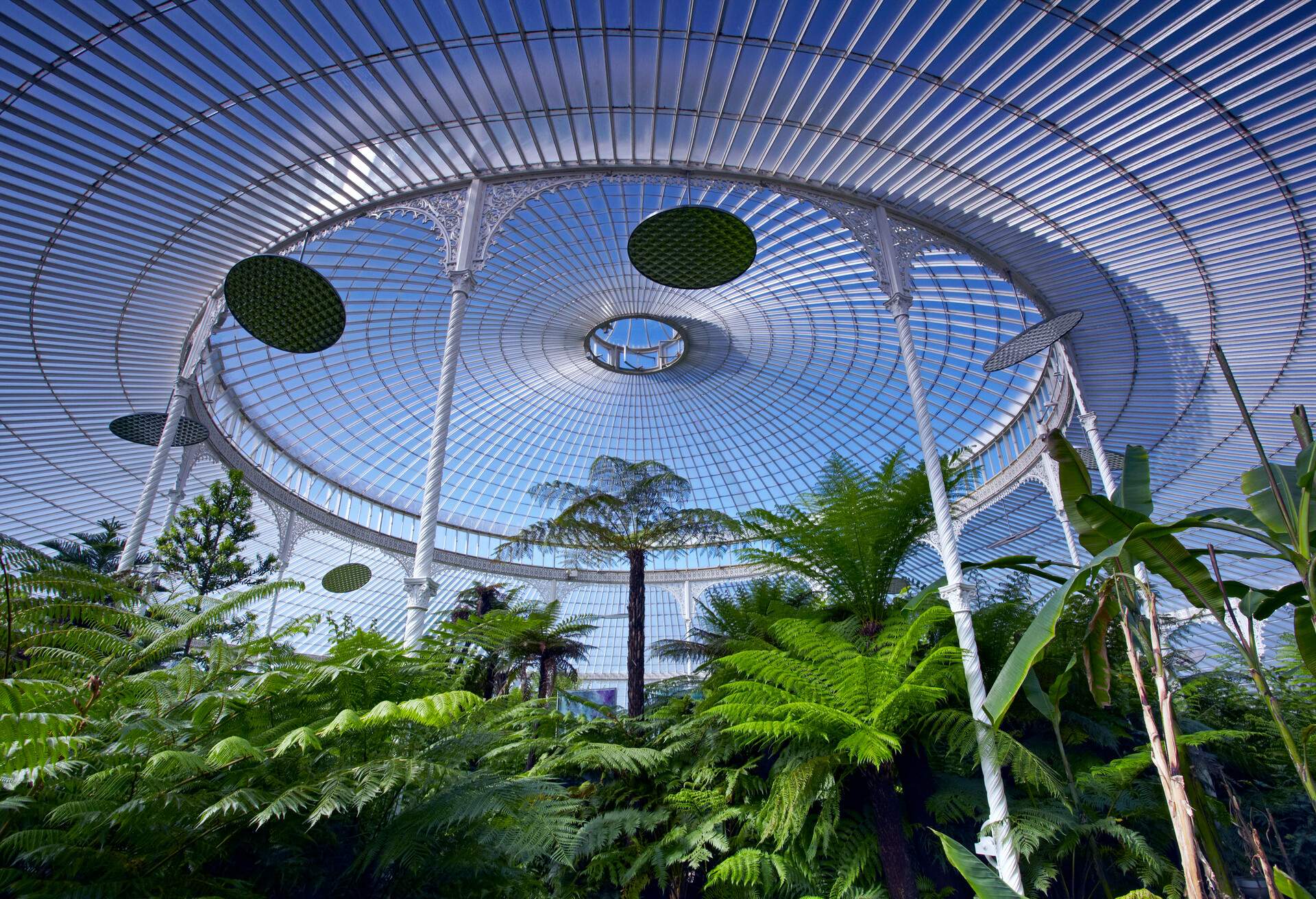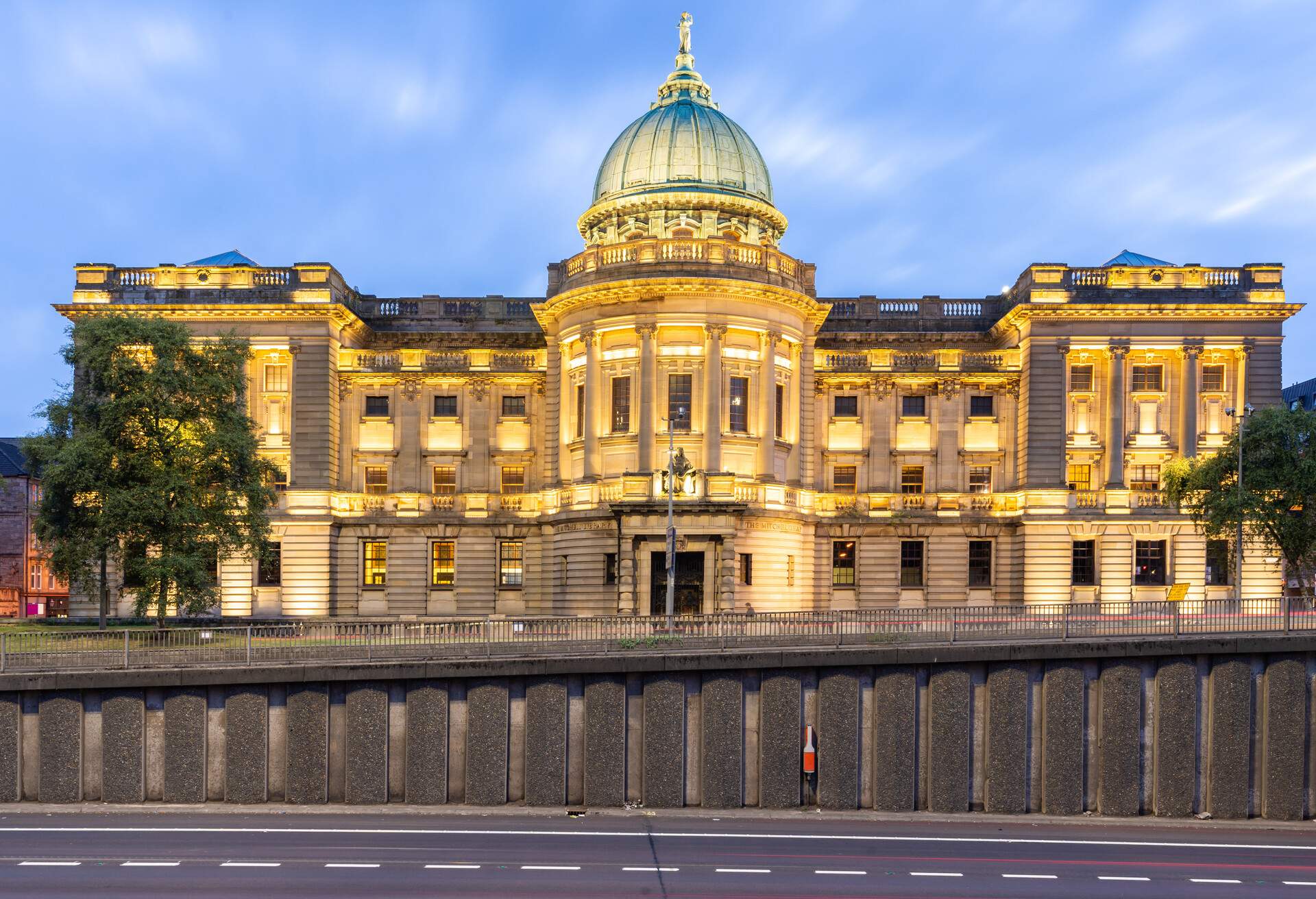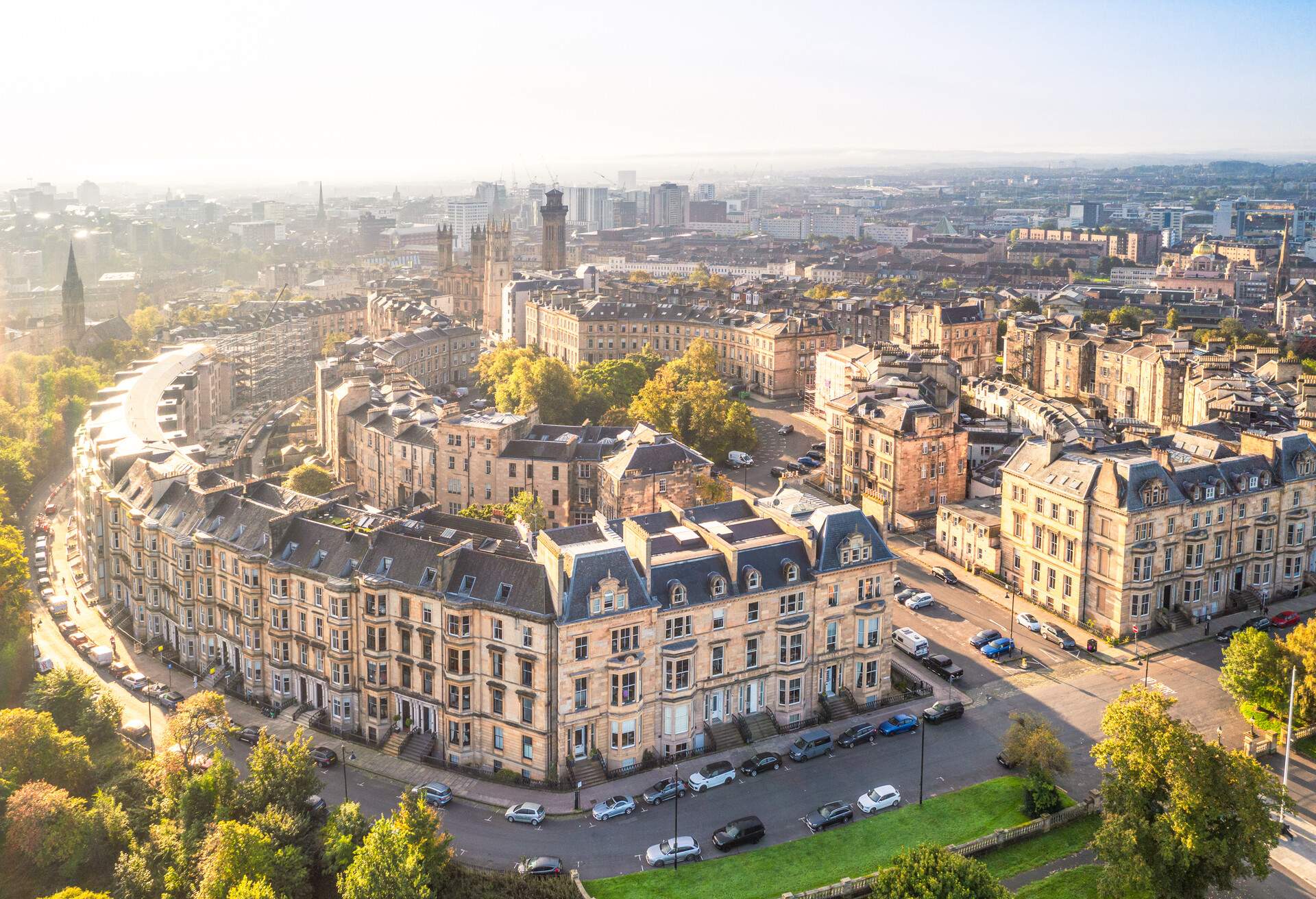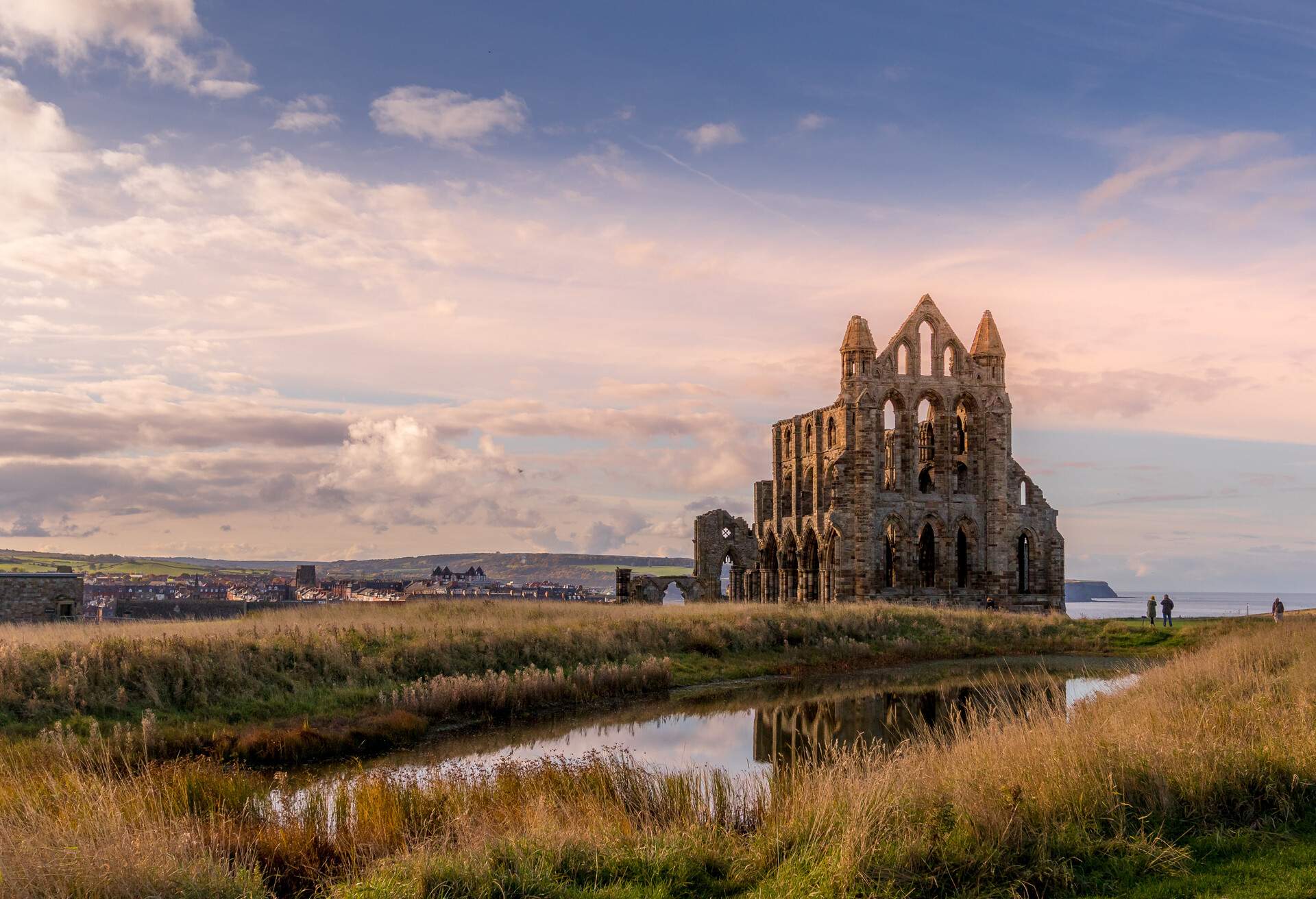Architecture is one of the best ways in which to explore a given place whilst travelling. It often offers a glimpse into the history of an area, depicted through its buildings and stories told by its keepers. With the architecture in Glasgow, the same applies and much more. From its historic streets near the cathedral, which the main city is thought to have sprouted from, to its former dockyards, there’s so much to learn.
Architecture in Glasgow

Famous for its contribution to many architectural styles, the architecture in Glasgow ranges from medieval times to the Victorian era, with a scattering of Queen Anne style. Many of its most recognisable landmarks are a true celebration of great masterpieces by some of the UK’s most renowned architects.
Just as the architecture of Dubai tells the story of how a city rose from a desert to one of the most visited places in the world, Glasgow’s architecture documents its journey from a medieval city to a thriving, much-loved modern metropolis.
Riverside Museum

We start at the shipyard in the Glasgow Harbour area, on a space formerly occupied by A & J Inglis. Here stands a building that honours one of the UK’s most celebrated architects, Dame Zaha Hadid. The Riverside Museum, a winner of the 2013 European Museum of the Year award, is a fine illustration of some of her best work. It’s a good example of buildings in Glasgow whose architecture celebrates and respects the environment it’s in. Having moved from its former home in Kelvin Street, this building on the River Clyde is built in the shape of a wave cascading from the city to the waterfront.
The main exhibition area is flooded by light flowing in through clear glass that covers much of its front, where the roof zigzags its way around, whilst the whole facade is covered in over 24,000 zinc panels. It’s a brilliant example of modern Glasgow architecture and houses over 3,000 transport-related objects. Some of these are represented in scale models that can be viewed from over 90 touch screens meant to contextualise them historically. It features an entertainment space, a cool cafe and a shop to browse through.
People’s Palace and Winter Gardens

In contrast, there’s the People’s Palace and Winter Gardens, a fine example of the vast Victorian architecture present in Glasgow. One of Glasgow’s famous buildings, it was built as a lasting cultural centre for the people of Glasgow’s East End. First opened in 1898, restoration works took place in 1990, and as a result, it retains most of its opulence and glamour.
There’s a large conservatory to the side, where you’ll find a beautiful winter garden when open. One of the star attractions here is the elaborately painted domed roof. This was a later addition during its restoration, completed by Ken Currie, a local artist. He chose to depict the history of Glasgow’s workers, from the Carlton weavers’ massacre, which took place in 1787, to the present day.
Built on the grounds of the historic Glasgow Green, one of the oldest public spaces in Glasgow, the majestic Doulton Fountain takes pride of place at its front. The fountain stands an impressive 46 feet high and is the largest terracotta fountain in the world. On it is a figure of Queen Victoria and various other groups from across the globe. When visiting Glasgow, it’s the perfect place to learn about this city’s history, past and present, with a cafe where you can get a light lunch or refreshments.
Glasgow City Chambers

Officially opened by Queen Victoria herself in 1889, the headquarters of Glasgow City Council is another fine example of a Victorian masterpiece in Glasgow. The rather grand building was built from a prize-winning design by one William Young, who took inspiration from his travels in Rome and Italy as a whole.
Overlooking George Square, it’s one of Glasgow’s famous buildings and is hard to miss as it stands large and grand, proudly guarded by two rather majestic lions set in stone. Tours are available twice a day, in the morning and afternoon, to visit the palatial grandeur of its interiors.
Opulent in character with marble staircases and gold leaf everywhere you look, you may be forgiven to think you’re in a palace. If some rooms look familiar, it’s because you might have seen them in movies such as An Englishman Abroad. Heavenly Pursuits used it to represent the Vatican, such is its grandeur.
The Mitchell Library

If you head to the city centre, you will find one of the best illustrations in Edwardian baroque-style architecture. The Mitchell Library is one of Europe’s largest public libraries and is a building to rival any palace in Europe. Opened in 1911, the first building stone was laid down by none other than the great Scottish-American industrialist and philanthropist Andrew Carnegie. It’s believed to serve over 600,000 people and is where the Glasgow City Archive is located, often featured on the BBC programmes ‘Who Do You Think You Are?’.
Atop its distinctive copper façade is a green dome on which stands a bronze statue by Thomas Clapperton, often referred to as Minerva, the god of wisdom. A recent extension to the building, after a fire, features Neo-Greek architecture complete with large columns and various statues. The library is open to visitors and has a grand theatre and a rather modern cafe next to it, for some light bites.
Glasgow Cathedral

Castle Street in Glasgow has some of the oldest buildings in Glasgow; prominent among them is Glasgow Cathedral. It could easily rival any famous buildings in Rome from that age. Built between 1136 and 1484 AD, it’s one of a handful of medieval-era Scottish architecture that remains after the Reformation of Scotland in the 16th century. The church stands on a former pilgrimage site dedicated to St Mungo, the patron saint of Glasgow, and is the largest place of worship in Scotland. His tomb can be found among the intricate arches that form the crypt.
The nave is one of the finest examples of works from this era, with high ceilings and stained-glass windows. It features a pulpitum, one of the best-carved stone works from the era, that acts as a screen between the nave and the choir. Amongst its many effigies is that of Bishop Wishart, who was in cahoots with the notorious William Wallace and Robert the Bruce.
Kelvingrove Art Gallery and Museum

More of Glasgow’s baroque-style architecture can be seen in the distinctive red brick building that houses the Kelvingrove Art Gallery and Museum. The building contains around 22 themed art galleries and, outside London, it’s the most visited museum in the UK. Most importantly, it’s free.
The gallery and museum are set within the grounds of Kelvingrove Park on the River Kelvin, on the west side of the city. It first opened as the Palace of Fine Arts in 1900 as part of the Glasgow international exhibition. Within its magnificent grand walls is a Centre Hall, large enough to seat around 3,000 people and whose central piece is a splendid pipe organ from the same period. The park is about 85 acres and is a classic example of Victorian parks with cafes, tennis courts and entertainment stands to keep you amused on a visit.
Tolbooth Steeple

If you happen to hear the chimes of bells whilst in Glasgow, they are most probably emitting from the medieval centre of Glasgow Cross. At the intersection of London Road, Gallowgate, Saltmarket, Highstreet and Trongate, standing on a traffic island, is a rather peculiar column with a clock on it.
This is the Tolbooth Steeple, all that remains from a building designed by John Boyd and built around 1626. In its heyday, it would have housed the council chamber before it moved to its grand palace in George Square, as well as a clerk’s office and the city’s prison. Unfortunately, the building was pulled down in 1921 after it fell into disrepair, but most of the council members voted to save the steeple, which was later restored.
The steeple has a gruesome history around it, as it was the location for the hangings that took place in medieval times. The outside of the stone facade once had spikes, from which the heads of culprits were hung. It’s a fascinating part of town filled with history and well worth a visit for anyone interested in medieval architecture and history.
University of Glasgow

Taking pride of place on a hill overlooking the city is Glasgow University. A resplendent example of the Gothic-revival style of building. It’s hard to miss and is one of the best places to visit in Scotland. There are guided or self-guided tours available to experience the rather stunning buildings, the oldest of which dates back to 1451, making it one of four of the oldest universities in the UK.
At the entrance of the main university is a model that gives you an idea of the scale of the university and shows the most historical buildings. Amongst them, the most spectacular and absolutely worth a visit, is Gilmorehill. Designed by one of England’s most prolific architects and a master in Gothic-revival architecture, Sir Gilbert Scot, it contains a bell tower that offers some of the best views of the city and the nearby River Kelvin. He’s the man behind the stunning architecture of the St Pancras Hotel in London.
St Andrews in the Square

A fine example of neoclassical architecture in Glasgow comes in the form of the St Andrews in the Square building. Built after the reformation as the first Presbyterian church in the city, it’s the fourth oldest church building in the city, after the cathedral, Trongate Steeple and St Andrews by the Green. Having been completed between 1739 and 1756, it’s thought to have set precedence for other prominent buildings built in the same style.
A good example of these is the Gallery of Modern Art on Exchange Square, formerly the townhouse of William Cunninghame, completed in 1778. Another is the Hutcheson’s Hall on Ingram Street, built between 1802 and 1805.
The building now houses Glasgow’s Centre for Scottish Culture. Bonnie Prince Charlie with his Jacobite army is thought to have camped within its construction site after his failed invasion of England in 1745. It’s within its churchyard that on the 23rd of November 1785, large crowds watched Vicenzo Lunardi take off for Hamilton and Lanark in a hot air balloon.
Theatre Royal

In Glasgow, a visit to the theatre will transport you back to Victorian times. First opened in 1867 on Hope Street, the Theatre Royal is home to the Scottish Ballet and Scottish Opera. It is the oldest theatre in Glasgow and the longest-running in the whole of Scotland. Having been destroyed on various occasions, the theatre was restored into the sleek, contemporary building it is today whilst retaining much of its Victorian charm in the interior.
Originally built by George Bell, the first fire occurred only 12 years after completion. Another of England’s famous architects was brought in to carry out renovation works thereafter. The auditorium designed by Charles Phipps during the later parts of the 19th century still stands today. In the main foyer hangs a gorgeous work of tapestry by Alison Watt, inspired by the opera Madame Butterfly.
Grand Central Hotel

When looking through the architectural periods that inspired many of the buildings in Glasgow, a popular style in the late 19th century and early parts of the 20th century was the Queen Anne style. Grand Central Hotel, located at Grand Central Station in central Glasgow, is a fine example of this period and is an iconic landmark of the city.
Characteristic of the building’s design are high ceilings, from which hang opulent chandeliers, a reminder of an era gone by, with wood panelling adding to its elegance. Soft furnishings and accent lighting have been used to modernise the space but fit in well with some of the ornate listed features of the original building.
House for an Art Lover

A visit to Glasgow, especially if you are a lover of all things art and architecture, isn’t complete without a stop at the House for an Art Lover, in Bellahouston Park. Designed by Charles Rennie Mackintosh around 1901 as a country retreat, the building was realised over 70 years later through the efforts of dedicated artists and engineers determined to fulfil his vision.
It’s now a venue where many an artist goes to design new works, has venues for hire and holds various exhibitions. With a cafe from which you can enjoy an afternoon Prosecco tea, the grounds are beautiful any time of year and are one of the hidden gems in the UK.
Holmwood House

On Netherlee Road, in the southern suburbs of the city, is a building whose architecture is unlike any other found in Glasgow. Holmwood House was completed in 1858 and has an elaborate Greek-style feel to it. It’s no wonder, as it’s the brainwork of Alexander Thompson, who had a great fondness for Grecian design. When commissioned to build a house for the Couper family, he decided to build it with its now-distinct colouring and structure, which left it looking like a Greek temple.
Clyde Auditorium

Another architect who contributed to the architecture in Glasgow is, of course, Sir Norman Forster. One of his memorable designs can be found along the River Clyde, at the old site of Queen’s Dock: the Clyde Auditorium. Inspired by the interlocking hulls of a ship, the facade of the building is made of overlapping metal wires, resulting in a fascinating building. Fondly referred to as the Armadillo by the locals because of this shape, it seats up to 3,000 people.
Britannia Panopticon Music Hall

An old warehouse in the heart of Glasgow’s historic centre, Trongate, is home to one of the oldest surviving music halls in the world. Built above a pub that’s now an amusement arcade, Thomas Gildard and Robert McFarlane converted it into a music hall in 1857, at a time when Glasgow’s working class was booming and people sought entertainment often found in music halls.
It now puts on events and shows including traditional music hall shows, burlesque, comedy nights and silent movies. It’s a fun place to go for an evening’s show whilst on holiday in Glasgow.
Architecture in Glasgow: FAQs

If you’re still wondering whether to visit Glasgow, the answers below should help you make up your mind.
Is Glasgow famous for architecture?

Glasgow is a haven for architecture lovers. From the medieval centre of the city to its harbour area to its suburbs, you won’t be short of buildings to gaze at.
What architectural style is Glasgow?

There’s no definitive architectural style with which to define Glasgow. You will find architecture in Glasgow spanning so many different eras, from medieval Spanish baroque to Grecian as seen at Holmwood House.
Is Scotland good for architecture?

Scotland’s travel guide will take you through some of Scotland’s incredible architecture and hidden gems, from Glasgow to Edinburgh, of which there are plenty. From Glasgow to Edinburgh, you will find many architectural gems that will take you through different periods of building styles, works and designs of local masters.
Who designed the buildings in Glasgow?

Many of Glasgow’s iconic buildings have been designed by different architects through time. Sir Gilbert Scott is responsible for the spectacular Gilmorehill at Glasgow University. In more recent times, notable designers include Zaha Hadid, who is behind the Riverside Museum, and Sir Norman Forster, who is responsible for the Armadillo, the Clyde Auditorium.
Glasgow’s architecture is a portfolio celebrating some of Scotland’s and the UK’s masters at work. With structures that were way ahead of their time, they created buildings that are here to stay and are awe inspiring, providing pleasure to those who appreciate architecture.






